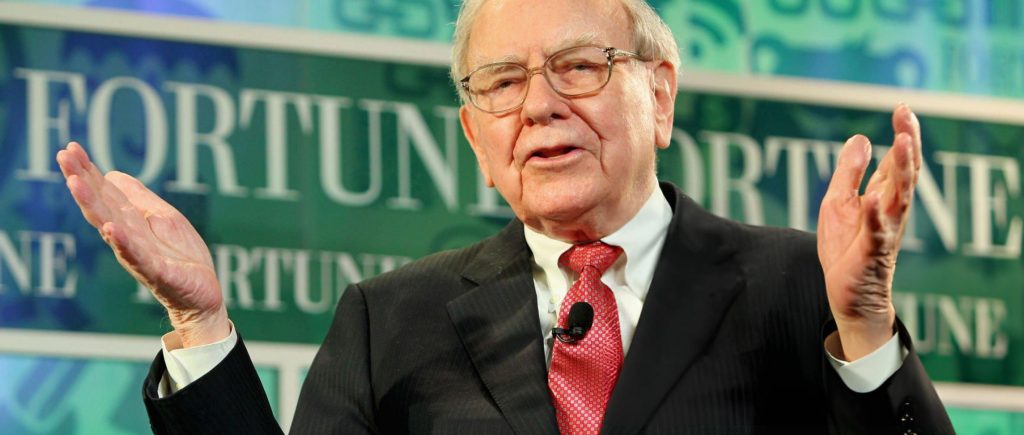On the opening day of the new trading week, there were trading disruptions on the New York Stock Exchange due to a technical issue that resulted in the suspension of trading in certain blue-chip companies and large losses for other equities during Monday’s session.
The most severely impacted company by this technological glitch was the Berkshire Hathaway group, owned by the well-known American billionaire Warren Buffett. The company’s preferred shares nearly completely collapsed, losing nearly all of their value.
It was decided to cease trading in these shares as well as in the stock of “Barrick Gold” and “Newscale Power,” two businesses that experienced significant losses as a result of the technical issue that the NYSE encountered.
A technical issue affecting the “maximum high and maximum low” ranges—which serve as a check on excessive volatility—was revealed by the American Stock Exchange. It resulted in the suspension of numerous stocks shortly after the start of the weekly trading session.
The unified tape system, which gathers and disseminates data regarding trades made on US stock exchanges, experienced a technical malfunction. Because the NYSE owns both the Consolidated Tape Association (CTA) and Consolidated Quotation System (CQS), which run them, accordingly, incorrect prices have been displayed on screens.
According to the Unified Tape Association, “the maximum high and minimum low, which are mechanisms that work to avoid sharp fluctuations in US stock transactions,” were adversely affected by this flaw.
The organization acknowledged that the activation of new software was the behind this error, but it also stated that it would resume using the previously active software to run its primary information centre, beginning with Tuesday’s session transactions.
According to the organization in charge of giving the markets real-time quotes, 40 equities were impacted by the technical issue that the stock market encountered on Monday.
The NYSE promised to reverse any transactions involving errors involving a large number of stocks that were made available for trading, including shares of the Berkshire Hathaway Group, after the trading session ended.
According to reports, trading on the preferred stocks of the Warren Buffett Group had started before the trading halt, and on the first day of the new trading week, roughly 4,000 transactions, or slightly less, had been made.
However, trading in the massive group’s second-class shares—a set of shares that saw a value decrease of roughly 1.00%—persisted.
This vulnerability brought to light the significance of data suppliers to the New York Stock Exchange as well as the potential for system failures and mistake patterns. This incident also brings to mind the technical issue that the Chicago Mercantile Exchange experienced last week, which resulted in an hour-long trading halt. The Nasdaq index for heavy technology industries experienced a technical glitch in December of last year as well.
In January 2023, there was a day when the opening bids on the American Stock Exchange were disrupted. This confirms that errors in the global stock exchanges’ operating systems of transactions are frequent and that stocks and other financial products are at risk from them.
On a typical day, shares in Warren Buffett’s massive investment organization typically move significantly to the top of the list of most valuable US equities. Preferred shares of the company increased by around 45% last week relative to their anticipated price.
The increase in the share price of Berkshire Hathaway is probably the result of Buffett’s choice to draw in investors who have a preference for long-term investing rather than splitting shares.
In order to make its shares accessible to small investors who desired a tiny fraction of Buffett’s shares, the group issued second-class shares in 1996 at a price equal to 1/30 of the price of preferred shares.
Due to a technical issue that occurred on the New York Stock Exchange on Monday and caused trading in some blue-chip stocks to stop, the Dow Jones Industrial Average dipped by roughly 243 points, closing at 38,445 points. Additionally, the Standard & Poor’s 500 index dropped, shedding almost ten points, or 0.3%, to 5,267 points.
The NYSE also declared that it had experienced a technical issue that impacted the value of certain stocks, that it had launched an investigation into what went wrong, and that it was taking the required precautions to limit any potential harm before determining the root of the issue.

 Noor Trends News, Technical Analysis, Educational Tools and Recommendations
Noor Trends News, Technical Analysis, Educational Tools and Recommendations




